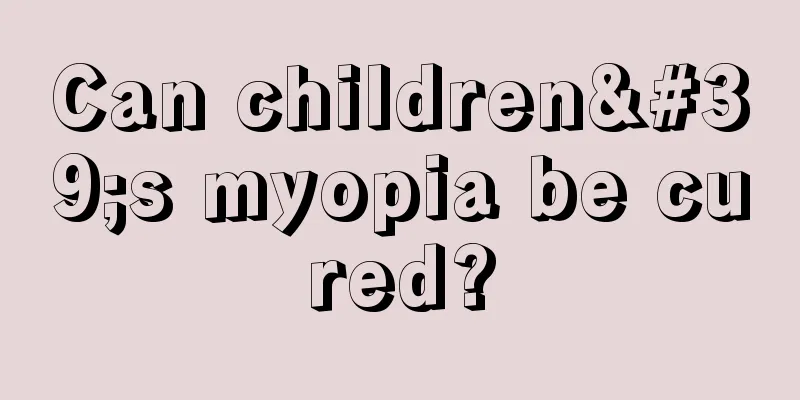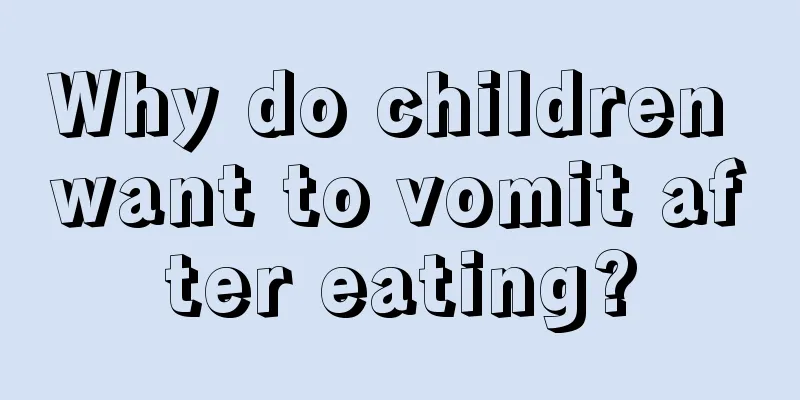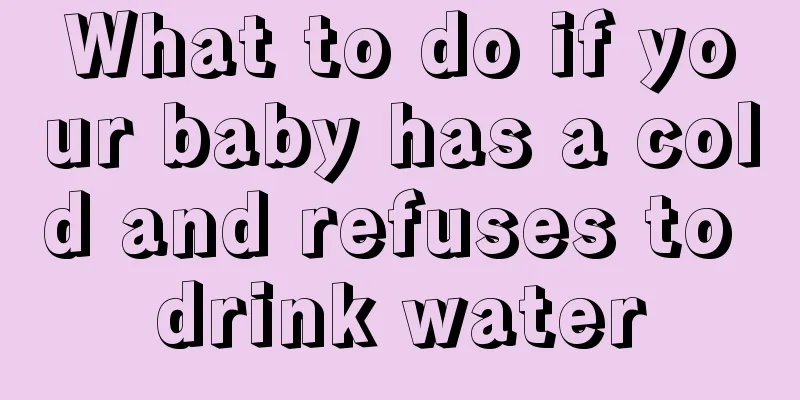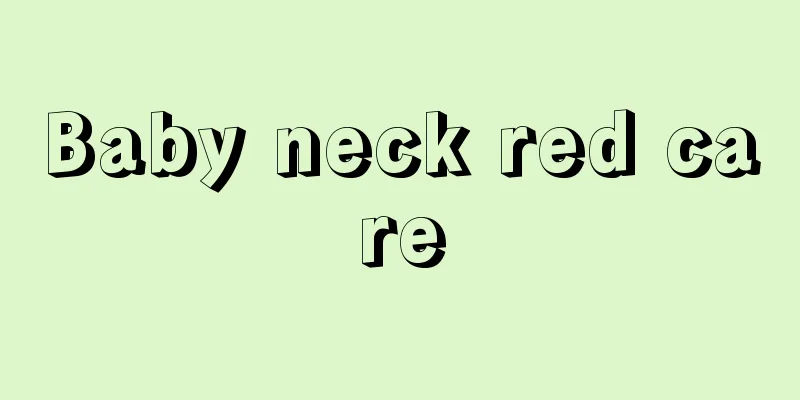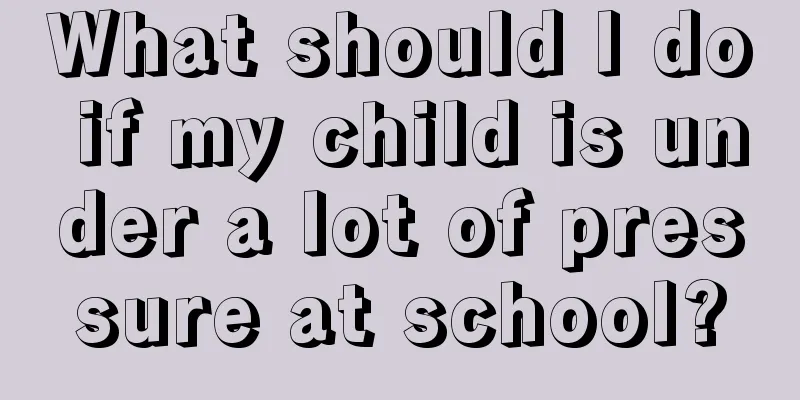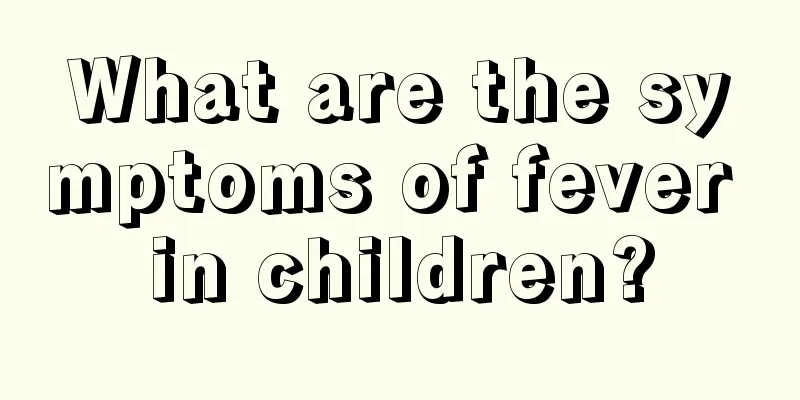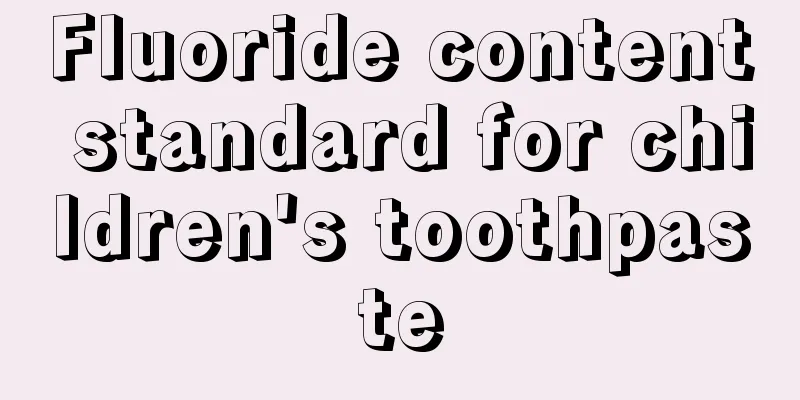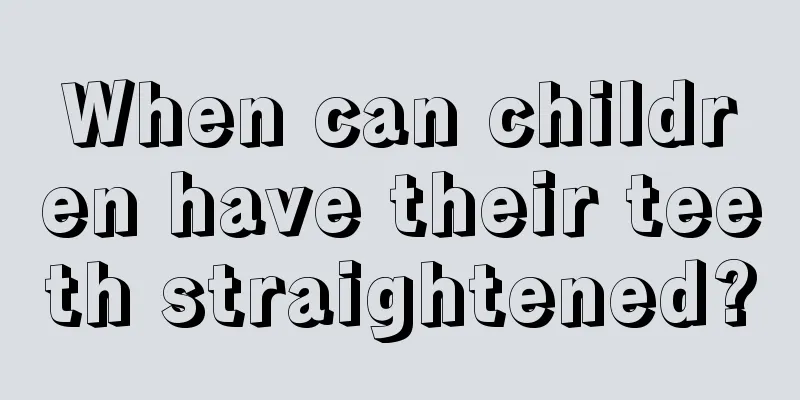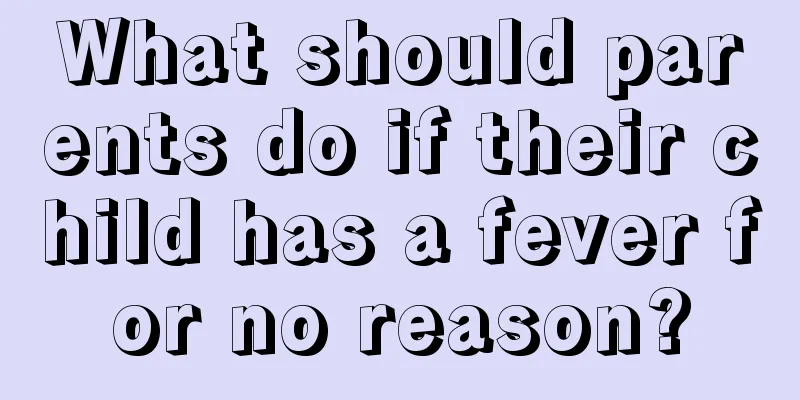What toothpaste is good for a three-year-old baby?

|
When children are young, parents should cultivate their awareness of brushing teeth, because tooth protection is very important to the human body, so tooth protection should start from an early age. Three-year-old babies are in a critical period of consciousness. Parents at this time should guide their children to brush their teeth correctly. The toothpaste used by three-year-old babies is also different from that used by adults. So what kind of toothpaste should three-year-old babies use? What toothpaste should I use for a 3-year-old baby? What toothpaste should a 3-year-old baby use? Babies at this age can use some fluoride toothpaste. It is a universally recognized fact that fluoride toothpaste can prevent tooth decay. But at the same time, parents will choose fluoride-free children's toothpaste because they are worried that their babies will swallow toothpaste while brushing their teeth, causing them to suffer from chronic fluoride poisoning and "dental fluorosis." However, a recent study from the University of Manchester in the UK shows that using fluoride-free toothpaste for babies because of fear of fluorosis may not be worth the cost. The Cochrane Oral Health Group at the University of Manchester conducted a survey of 73,000 children worldwide and found that if babies use a small amount of fluoride toothpaste before the age of one, the chance of developing fluorosis is very small. Compared with the impact of fluorosis, problems such as toothache caused by tooth decay are much more serious. The study also found that brown spots, also known as dental fluorosis, will only appear on children’s teeth after they swallow large amounts of fluoride toothpaste over a long period of time. In response to this conclusion, when children first start to grow teeth, just using a little fluoride toothpaste can indeed have a good effect in preventing tooth decay. However, doctors generally recommend that children start using fluoride toothpaste only after they learn to spit out food on their own. Although each child's development is different, they can usually achieve this after the age of 3, at which time they can use fluoride toothpaste. Finally, a reminder: some babies are born with a higher risk of tooth decay. Parents should take their babies to the hospital for a check-up when their teeth start to grow. Once the dentist believes that the baby is at high risk of tooth decay, fluoride toothpaste should be used as soon as possible. If the baby is too young, parents should use a small toothbrush, put only a little toothpaste each time, and brush the baby's teeth carefully. At what age can babies start brushing their teeth with toothpaste? Generally speaking, it is not recommended for babies under 3 years old to brush their teeth with toothpaste, especially adult toothpaste. In order to prevent tooth decay, fluoride is added to most adult toothpastes. However, fluoride cannot remain in the mouth and cannot be swallowed, otherwise it will affect your health. Babies under 3 years old have poor control and cannot clean their mouths well by rinsing their mouths. It is easy for toothpaste to remain between their teeth or swallow mouthwash and toothpaste into their stomachs. Therefore, for babies under 3 years old, parents can use a fingertip toothbrush dipped in warm water or light salt water to brush their baby's teeth. After the age of 3, babies can generally take care of themselves, have a certain degree of control, and their swallowing function is relatively well developed. At this time, you can start brushing your teeth with toothpaste. However, you must choose toothpaste specially for children and squeeze a small amount of toothpaste, about the size of a soybean. When choosing toothpaste for your baby, there are some things you need to pay attention to: try to choose unscented toothpaste. Many children's toothpastes on the market have fruit flavors, which increases the possibility of babies eating toothpaste. Children should also not use adult toothpaste or toothpaste containing certain specific medicinal ingredients, otherwise it may cause changes in the oral flora and cause certain bacteria to develop drug resistance, which is not conducive to oral health. |
<<: What toothpaste is best for children?
>>: What toothbrush should I use for a 1.5 year old baby?
Recommend
Newborn baby's soft neck
The body of a newborn is relatively soft, mainly ...
What to do if your baby has a runny nose
There are many common problems for babies. In ord...
At what age do children lose their baby teeth?
In every family, the growth of children is closel...
How to clean a baby's deep nasal mucus
When taking care of babies, mothers need to be ex...
Irregular menstruation at the age of 12
If a girl develops well, she will generally have ...
Can children drink lemonade?
There are many things to pay attention to when it...
What is the reason why children’s skin becomes darker and darker?
Everyone’s impression of children is that they ar...
How to solve hypospadias in infants
The healthy development of the baby is of great c...
What should children eat to get better quickly?
When it comes to baby diarrhea, it gives many par...
What should I do if my baby scratches his head?
Learning to grab things is a stage that every bab...
Can children drink cocktails?
We drink a lot of cocktails in our daily life, ma...
What to do if your child skips school
Books are the ladder of human progress. The reaso...
What is the reason for the red spots around the baby's belly button?
Clinically, there are many causes of red spots ar...
The relationship between family type and children's happiness
Children from single-parent or blended families a...
Diagnostic criteria for anemia in children
Anemia is a symptom that has a great impact on hu...
